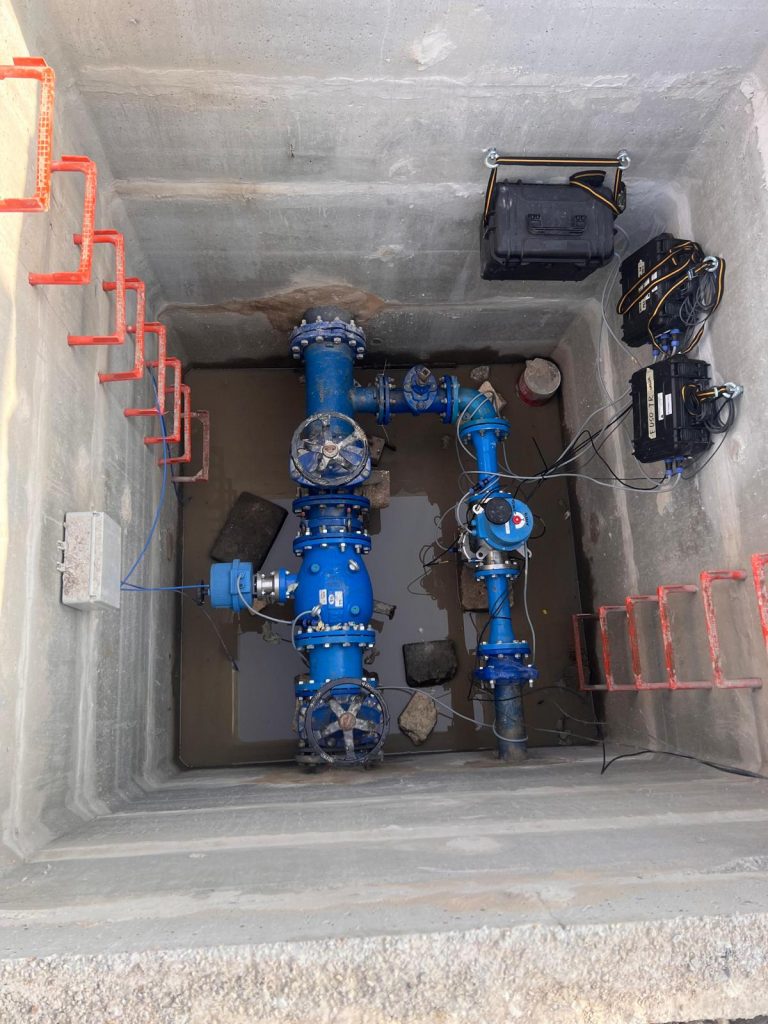On June 21st, in the municipality of Trinitapoli, in Puglia, the first GreenValve System (GVS) was installed.
The system is based on the use of the GreenValve, an innovative regulating valve designed by Prof. Stefano Malavasi and patented by Politecnico di Milano. The GreenValve is capable of recovering part of the energy that regulating valves need to dissipate in order to adjust the flow.
The GVS is a fully self-sufficient IoT device that, by harnessing the energy recovered from the GreenValve, can monitor pressures and flows within water networks and regulate them in real time using advanced and autonomous logics that utilize a high-frequency bidirectional communication system. This opens up new opportunities for energy efficiency and optimization of water networks.
The GVS was developed by the FluidLab research group at the Department of Civil and Environmental Engineering (DICA) of Politecnico di Milano.
The installation of the system in Trinitapoli was carried out by Pide Srl, the company that acquired the exclusive use of the GreenValve patent in 2021 and, in collaboration with Politecnico di Milano, developed the industrial prototyping of the GVS.
Acquedotto Pugliese SpA has decided to invest in advanced innovation for the efficiency of water networks by installing the GVS.
The success of the first installation in Trinitapoli lays the foundation for future widespread adoption of this innovative technology in the water network sector, paving the way for a more sustainable and efficient future for water supply in our country.
The excellent performance of the GVS system in Trinitapoli has led the parties involved to plan the imminent installation of a second system in the same water network.

In the following image of the installation, you can observe the GreenValve positioned on the right, connected in parallel to a Fuso valve on the main line. This solution was adopted because GVS systems with diameters equal to DN150 are currently not available. However, this solution has demonstrated the versatility and efficiency of the GVS, which has proven capable of powering and controlling other devices as well.
